Search
PATENT PORTFOLIO
Mechanical and Fluid Systems
NASA has a wealth of expertise and technology in the area of mechanical and fluid systems, developed through decades of research and exploration. Whether you're a small business looking to bring cutting-edge technology to market or a large corporation seeking to advance your capabilities, NASA's mechanical and fluid systems technology can help you take your products and services to new heights.

ARC ANGEL Reduces Gravity’s Effect on Arms
ARC ANGEL is an active robotic system like ARGOS; however, its electric motor is not mounted overhead to a runway and bridge system, but instead is mounted to the test subject’s backpack-like PLSS where the motor(s) supplies real-time actuation torque off-loading to the upper arms via cabling. If a test subject picks-up a hammer, the system will react immediately to offload the weight of the hammer relative to the programmed environment.
The ARC ANGEL system is comprised of an electric motor(s), soft goods, electronics hardware, firmware, and software. To provide a smoothly operating arm offloading analog and optimize system performance, engineers at JSC coded software that leverages kinematic algorithms and closed-loop architecture for motor control, along with custom computer language scripts to ingest sensor data. This allows ARC ANGEL’s subsystems to be seamlessly integrated and accurately simulate one to zero G environments.
During operation, compact tension sensors and inertial measurement units detect arm weight and motion and provide a closed-loop control system that feeds data to a single-board computer and requisite firmware for processing. A custom graphical user interface was also developed in-house to provide controls for inputting desired arm offload values. Additionally, ARC ANGEL features its own power supply that provides power to its subcomponents without external cables. This allows the ability to function independently from ARGOS and further lends itself to potential terrestrial applications.
This work directly correlates to active exosuit development that is being implemented for rehabilitation and/or assistive medical devices. ARC ANGEL is essentially providing a desired assistance (offload) while maintaining a subject’s full range of motion. The system hardware and software can be modified to custom-fit an individual without a spacesuit and toward limb-assisted movement – not just arm offloading. ARC ANGEL may already meet a higher physical demand and robustness given that it is engineered to perform in challenging environments with greater loads.
ARC ANGEL is at a technology readiness level (TRL) 5 (component and/or breadboard validation in laboratory environment) and is now available for patent licensing. Please note that NASA does not manufacture products itself for commercial sale.
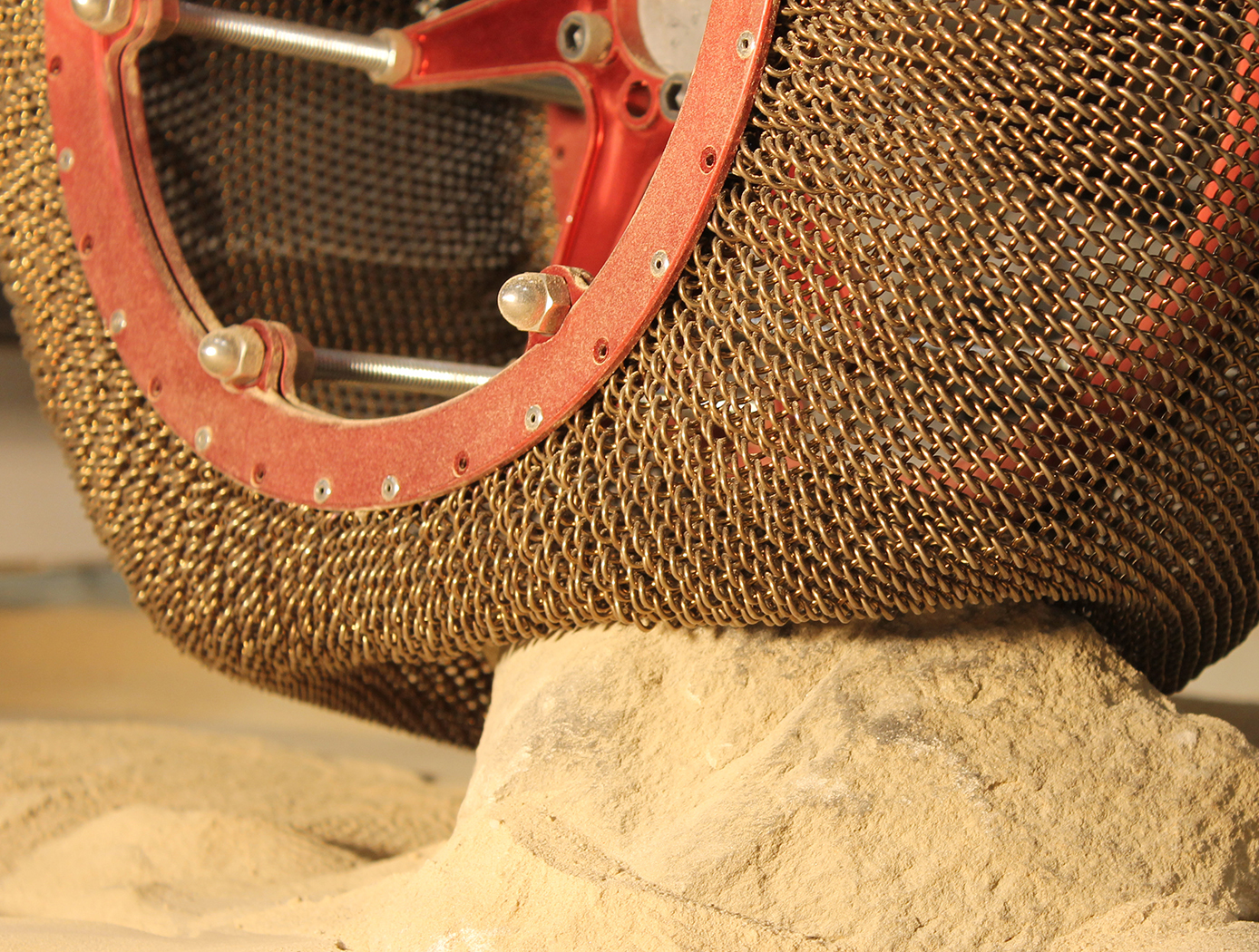
Superelastic Tire
This NASA Glenn innovation comprises a non-pneumatic, compliant tire utilizing shape memory alloys (mainly NiTi and its derivatives) as load bearing components. These shape memory alloys are capable of undergoing significant reversible strain (up to 10%), enabling the tire to withstand an order of magnitude more deformation than other non-pneumatic tires before undergoing permanent deformation. Commonly used elastic-plastic materials (e.g. spring steels, composites, etc.) can only be subjected to strains on the order of ~ 0.3-0.5% before yielding. Hence, the use of a NiTi shape memory alloy produces a superelastic tire that is virtually impervious to plastic deformation. In addition, the utilization of shape memory alloys provides enhanced control over the effective stiffness as a function of the deformation, providing increased design versatility. For instance, the Glenn Superelastic Tire can be made to soften with increased deflection, reducing the amount of energy transferred to the vehicle during high deformation events. In addition, the use of shape memory alloys in the form of radial stiffeners, as opposed to springs, provides even more load carrying potential and improved design flexibility. This type of compliant tire would allow for increased travel speeds in off-road applications.

High-Temperature Single Crystal Preloader
For extremely high-temperature sealing applications, Glenn researchers have devised novel methods for fabricating single-crystal preloaders. NASA's high-temperature preloaders consist of investment cast or machined parts that are fabricated in various configurations from single crystal superalloys. Machined preloaders include a variety of spring configurations, compressed axially or radially, fabricated from single crystal slabs. Before machining, the slabs are carefully oriented in a special goniometer using x-diffraction techniques. This helps to maintain proper crystal orientation relative to the machined part and the applied loads. For more complex geometry components which cannot be easily and economically machined, an investment casting approach would be used. Complex preloader geometries include wire coil springs of various configurations. These single crystal preloaders would be designed with the appropriate stiffness for the intended thermal barrier/seal application and placed underneath, or integrated within, the seal/barrier. At extrememly high temperature, the preload device keeps the seal/barrier mated against the opposing surface as the gap between the two surfaces changes, maintaining contact between surfaces and preventing convective heat transfer.
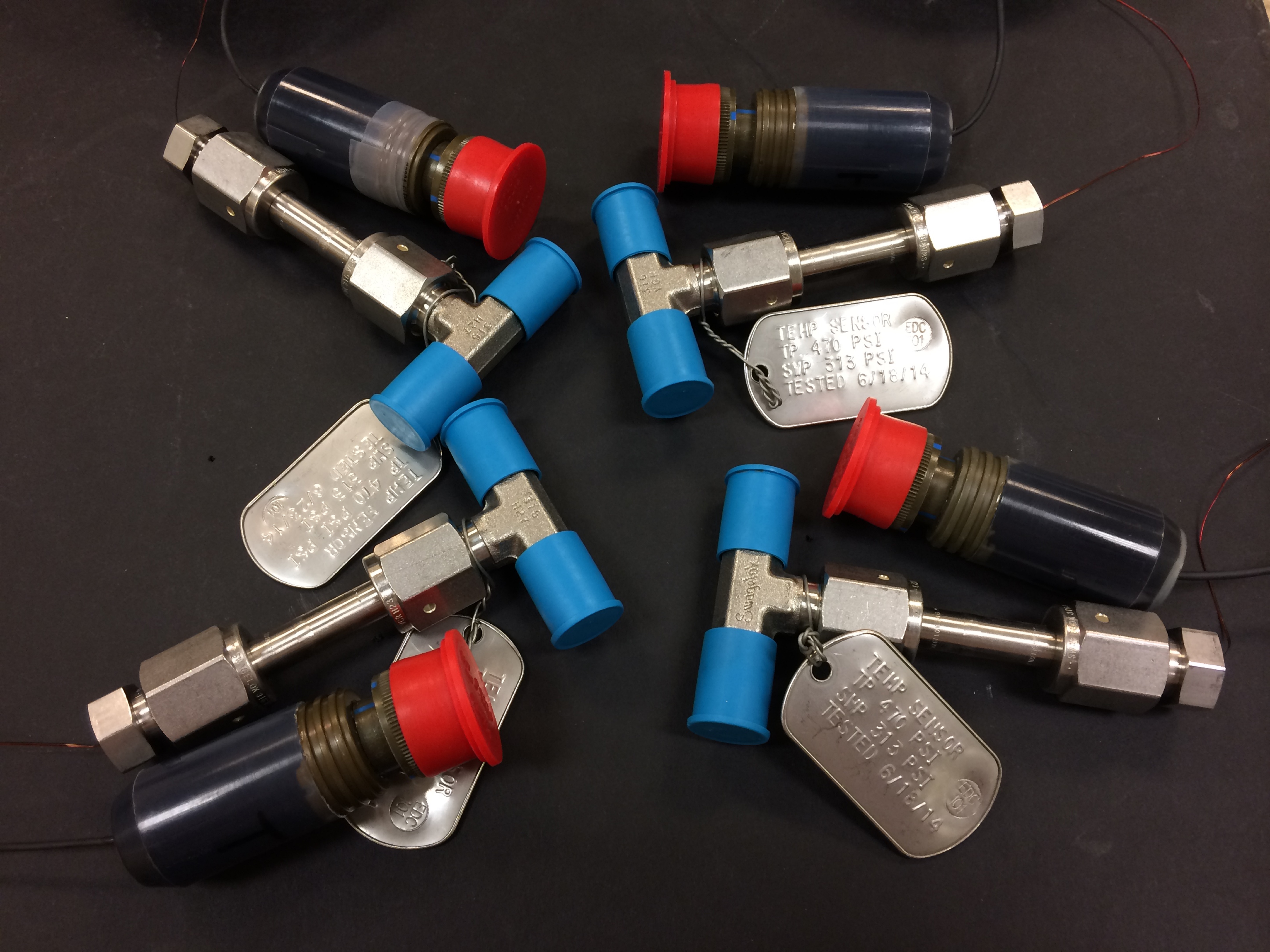
Feedthrough for Severe Environments and Temperatures
Space and ground launch support related hardware often operate under extreme pressure, temperature, and corrosive conditions. When dealing with this type of equipment, it is frequently necessary to run wiring, tubes, or fibers through a barrier separating one process from another with one or both operating in extreme environments. Feedthroughs used to route the wiring, tubes, or fibers through these barriers must meet stringent sealing and leak tightness requirements.
This affordable NASA feedthrough meets or exceeds all sealing and leak requirements utilizing easy-to-assemble commercial-off-the-shelf hardware with no special tooling. The feedthrough is a fully reconfigurable design; however, it can also be produced as a permanent device. Thermal cycling and helium mass spectrometer leak testing under extreme conditions of full cryogenic temperatures and high vacuum have proven the sealing capability of this feedthrough with or without potting (epoxy fill) on the ends. Packing material disks used in the construction of the device can be replaced as needed for rebuilding a given feedthrough for another job or a different set of feeds if potting is not used for the original feedthrough build. (Potting on one or both sides of the sleeve provides double or triple leak sealing protection). Variable Compression Ratio (VCR) connectors were adapted for the pressure seal on the feedthrough; however, any commercial connector can be similarly adapted. The design can easily be scaled up to larger (2" diameter) and even very large (12" or more) sizes.

Seal with Integrated Shroud to Protect from Exposure to Extreme Environments
Approximately 50 inches in diameter, Glenn's unique sealing system consists of multiple elements installed in a recessed rectangular sealing groove. The main sealing function is provided by an elastomer element (e.g., silicone) comprising one or more sealing wall(s) connected by a web. The wall(s) extend above the top of the sealing groove so they are compressed by the opposing mating surface during the sealing process. The retractable shroud element is installed between the wall(s), with its base resting atop the web of the sealing element. The shroud is typically composed of an elastomer material to allow for flexibility (which is essential to retraction), but it can also be made from thin metal or plastic materials. When the seal is no longer in use, a pair of V-shaped shroud "arms" extend upward from the base of the seal to cover the wall(s). A thin metal retainer is installed on top of the shroud, and fasteners pass through holes in the retainer, shroud, and sealing elements to secure the system to the base of the sealing groove. Metal washers are installed in these holes to provide a load path between the metal retainer and the surface of the sealing groove. The system can seal against either a flat metal surface or another seal of the same design. This sealing system has been designed to accommodate multiple sealing cycles and has exhibited extremely low leak rates, making it an attractive solution within a variety of industries from aerospace to agriculture.
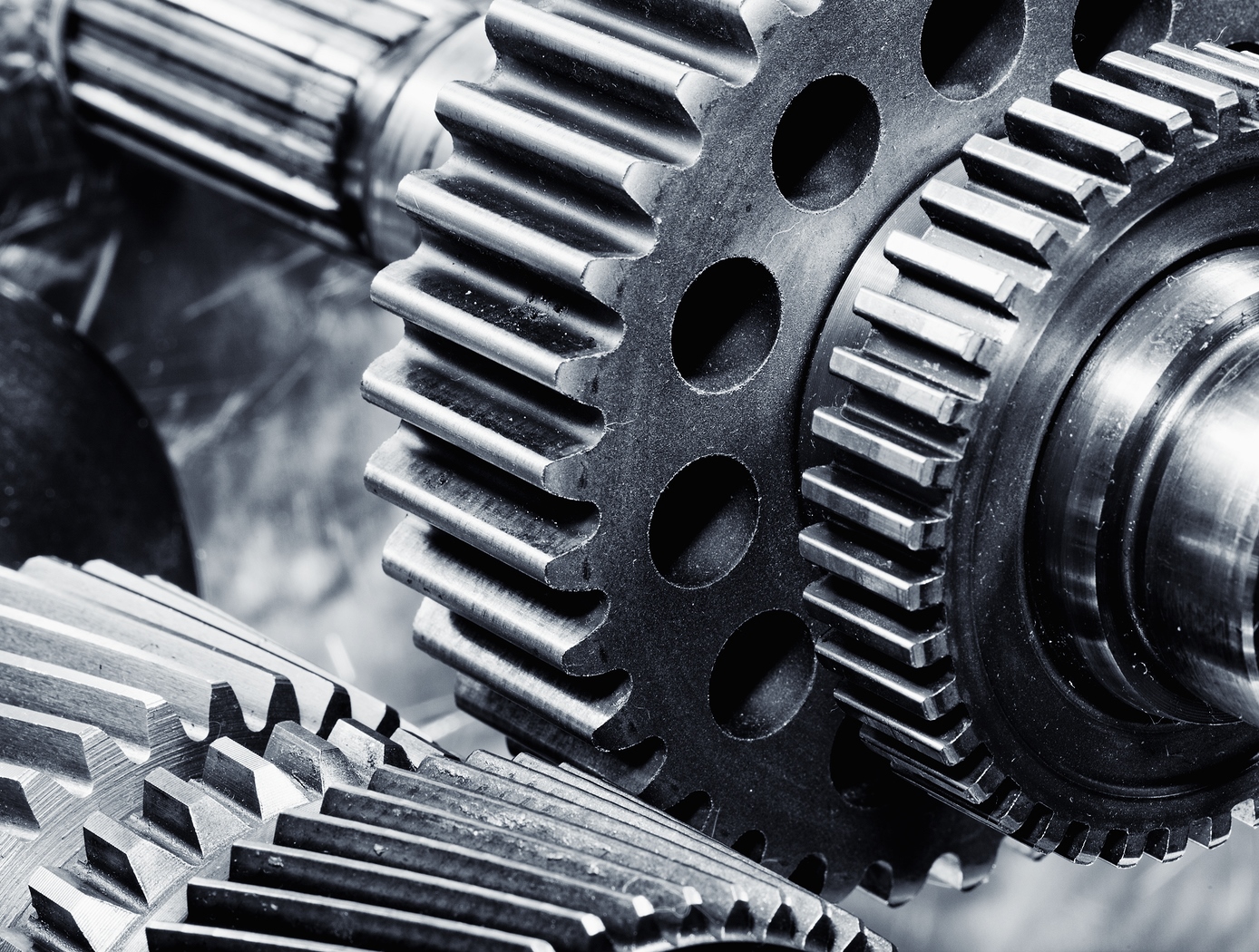
Gear Bearings
These patented gear bearings provide superior speed reduction in a small package. They form rolling friction systems that function both as gears and bearings and are compatible with most gear types, including spur, helical, elliptical, and bevel gears. These self-synchronized components can be in the form of planets, sun, rings, racks, and segments thereof. The design reduces micro chatter and eliminates rotational wobble to create smooth and precise control. It offers tighter mesh, more even gear loading, and reduced friction and wear.
Gear bearings eliminate separate bearings, inner races, and carriers, as well as intermediate members between gears and bearings. Load paths go directly from one gear bearing component to another and then to ground. By incorporating helical gear teeth forms (including herringbone), gear bearings provide outstanding thrust bearing performance. They also provide unprecedented high- and low-speed reduction through the incorporation of phase tuning. Phase tuning allows differentiation in the number of teeth that must be engaged govbetween input and output rings in a planetary gearset, enabling successful reduction ratios of 2:1 to 2,000:1. They provide smooth and accurate control with rifle-true anti-backlash. This produces a planetary transmission with zero backlash. The gear bearing technology is based on two key concepts: the roller gear bearing and the phase-shifted gear bearing. All designs are capable of efficiently carrying large thrust loads.
Existing gear systems have drawbacks including weak structures, large size, and poor reliability, as well as high cost for some types (e.g., harmon-ic drives). Gear bearings solve these problems with simpler construction, fewer parts, and superior strength.
By selecting the appropriate manufacturing method and materials, gear bearings can be tailored to benefit any application, from toys to aircraft.
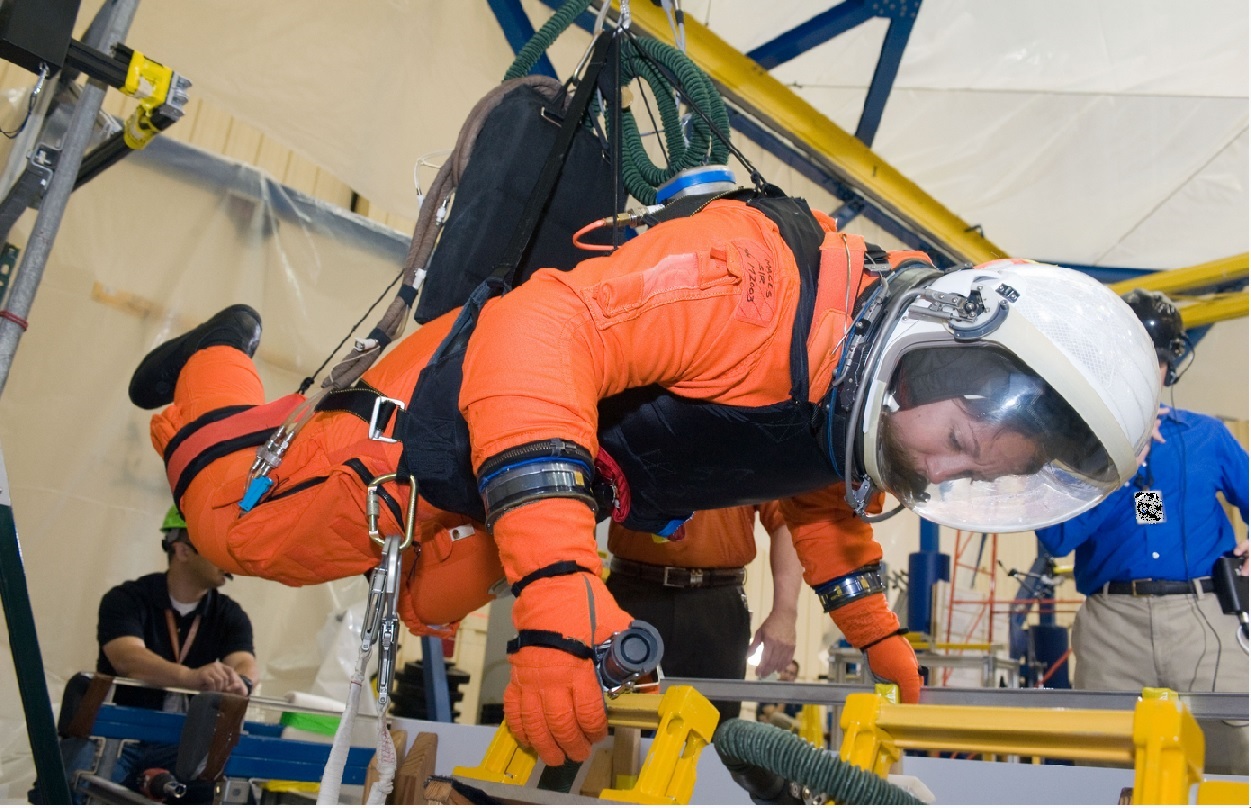
Full-Size Reduced Gravity Simulator For Humans, Robots, and Test Objects
The Active Response Gravity Offload System (ARGOS) provides a simulated reduced gravity environment that responds to human-imparted forces. System capabilities range from full gravity to microgravity. The system utilizes input/feedback sensors, fast-response motor controllers, and custom-developed software algorithms to provide a constant force offload that simulates reduced gravity.
The ARGOS system attaches to a human subject in a gimbal and/or harness through a cable. The system then maintains a constant offload of a portion of the subjects weight through the cable to simulate reduced gravity. The system supports movements in all 3 dimensions consistent with the selected gravity level. Front/back and left/right movements are supported via a trolley on an overhead runway and bridge drive system, and up/down movements are supported via a precisely positioned cable. The system runs at a very high cycle rate, and constantly receives feedback to ensure the human subjects safety.
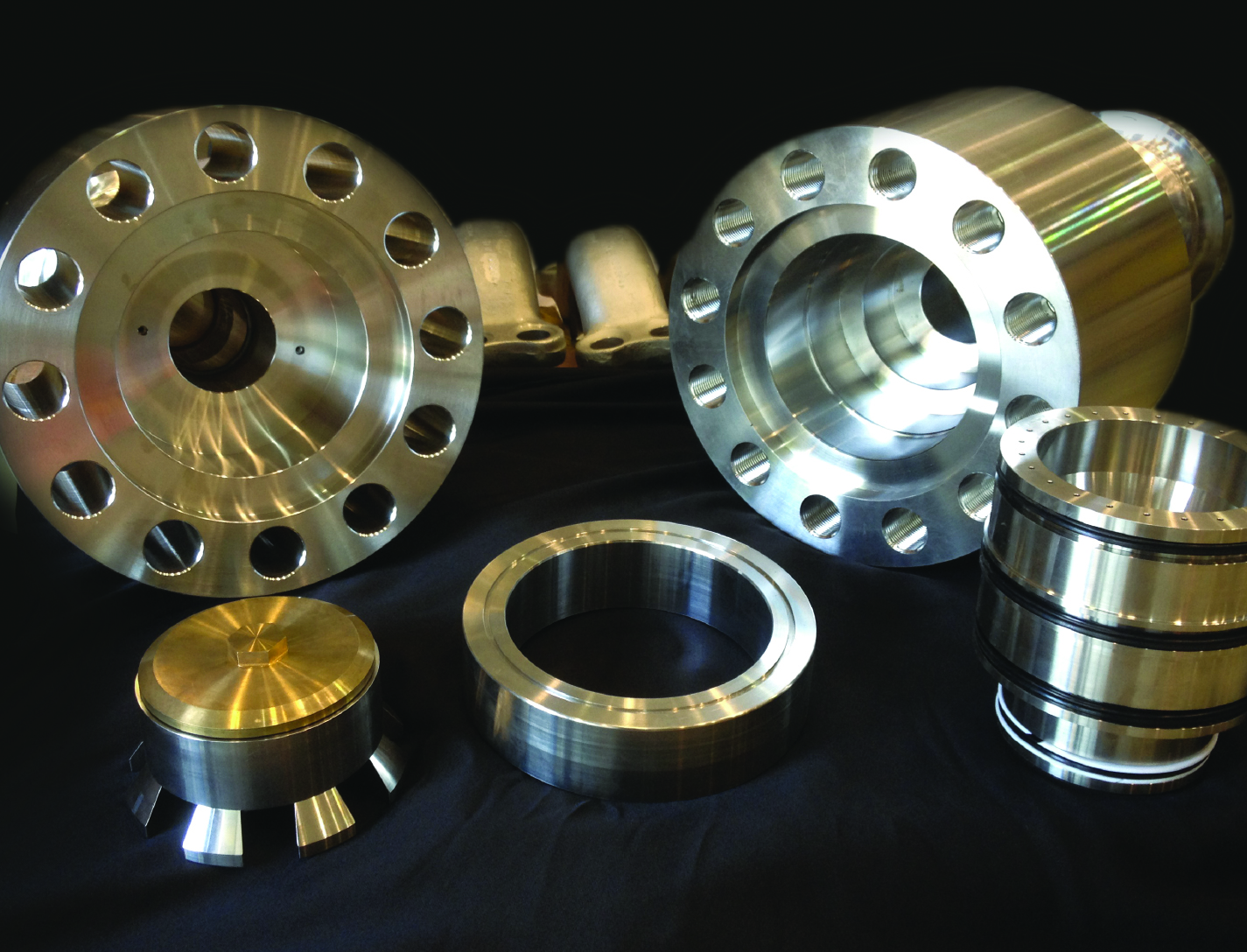
Floating Piston Valve
Instead of looking to improve current valve designs, a new type of valve was conceived that not only addresses recurring failures but could operate at very high pressures and flow rates, while maintaining high reliability and longevity. The valve design is applicable for pressures ranging from 15-15,000+ psi, and incorporates a floating piston design, used for controlling a flow of a pressurized working fluid.
The balanced, floating piston valve design has a wide range of potential applications in all sizes and pressure ranges. The extremely simple design and few parts makes the design inherently reliable, simple to manufacture, and easy to maintain. The valve concept works with soft or hard metal seats, and the closing force is easily adjustable so that any closing force desired can be created. The fact that no adjustment is required in the design, ensures valve performance throughout valve life and operation.
This valve has many unique features and design advantages over conventional valve concepts:
- The largest advantage is the elimination of the valve stem and any conventional actuator, reduces physical size and cost.
- It is constructed with only 5 parts.
- It eliminates the need for many seals, which reduces failure, downtime and maintenance while increasing reliability and seat life.
- The flow path is always axially and radially symmetric, eliminating almost all of the flow induced thrust loads - even during transition from closed to open.
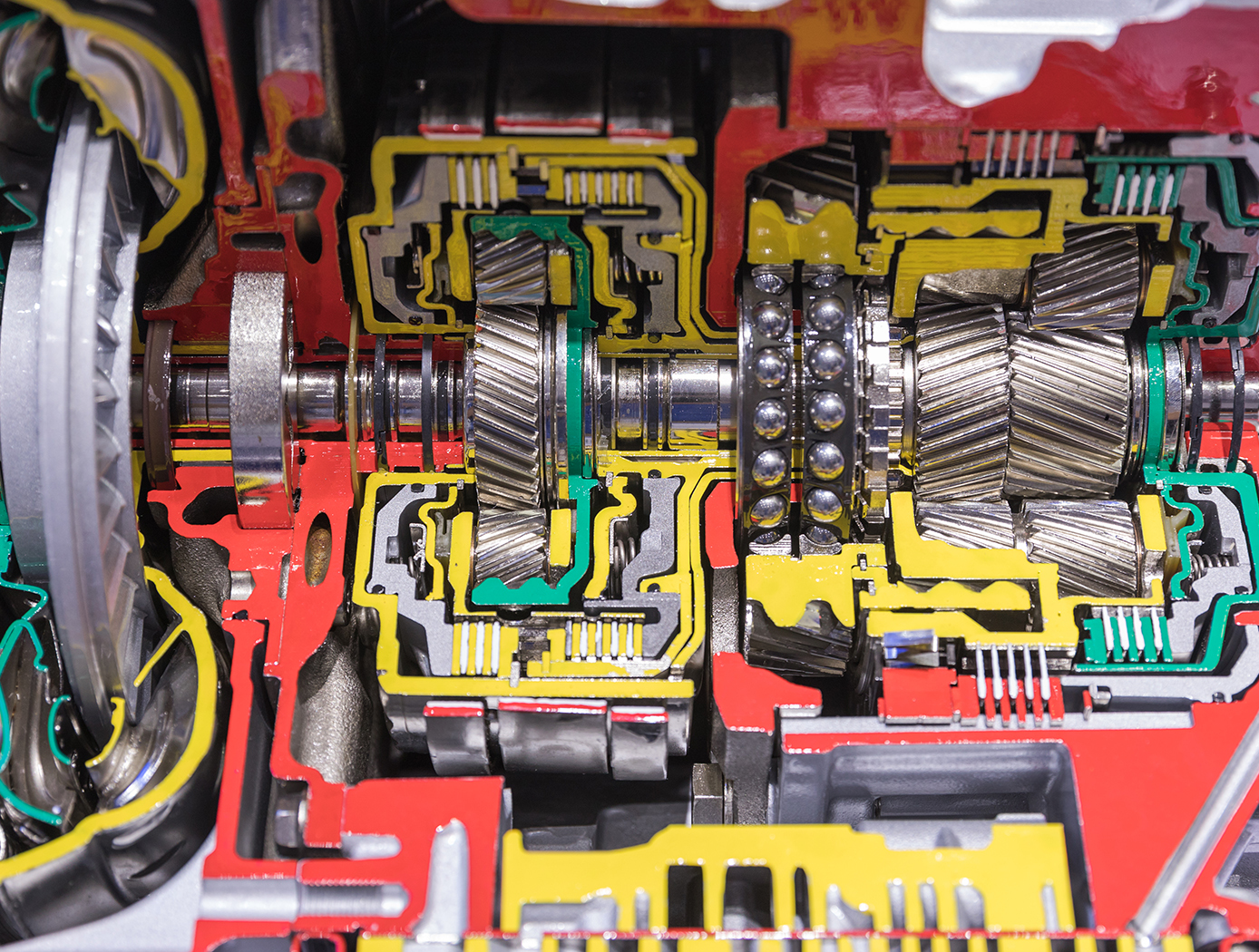
NiTi Alloy Ball Bearings
For the very first time, NASA Glenn has successfully produced large quantities of high-grade ball bearings that are less than 0.25" in diameter thanks to the development of a new alloy made of 57.6% Ni, 39.2% Ti and 3.2% Hf. Smaller, shockproof balls improve load capability in conventional steel races, aircraft control surface joints, actuator gearboxes, and more. The production of standard NiTi alloy ball bearings that are smaller than 0.375" in diameter has proven challenging for multiple reasons, the primary being that small parts made from NiTi alloys cool excessively before they can be quenched (an important step in attaining high hardness). NiTi-Hf alloy, on the other hand, does not require such high-rate quenching to achieve high hardness. Consequently, the production of small, extremely durable NiTi ball bearings is now a reality.
The powder metallurgy process by which these high-quality NiTi-Hf ball bearings are manufactured combines many new techniques with several existing ones. First, a high-purity NiTi-Hf powder is created through an atomization process and transformed into long, cylindrical rods through hot isostatic pressing. The rods are then cut into cylinders and machined into spheres somewhat larger than the desired finished ball size. Finally, the spheres are hardened through heat treatment and polished until the desired finished size diameter and surface finish (typically 1 micro-inch root mean square roughness) is achieved. The result is a non-corrosive, very hard, highly elastic yet remarkably strong ball bearing with unbridled potential.
View more patents



